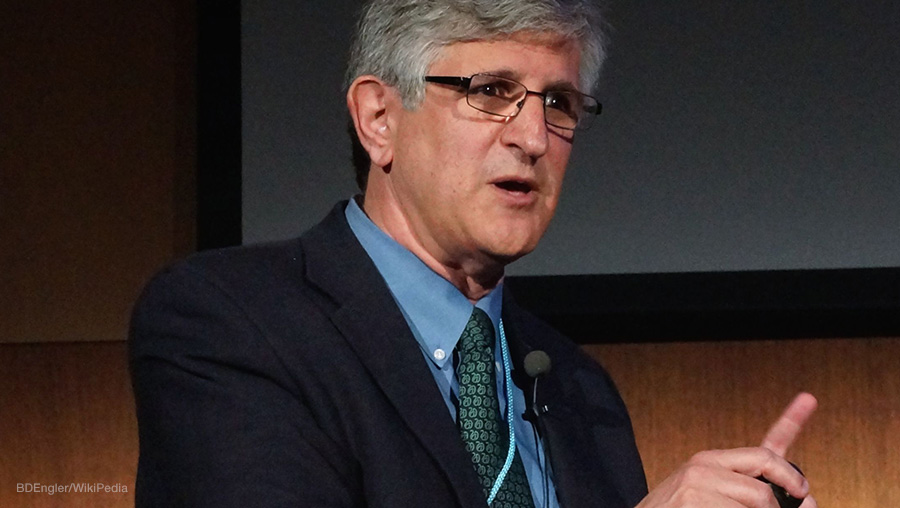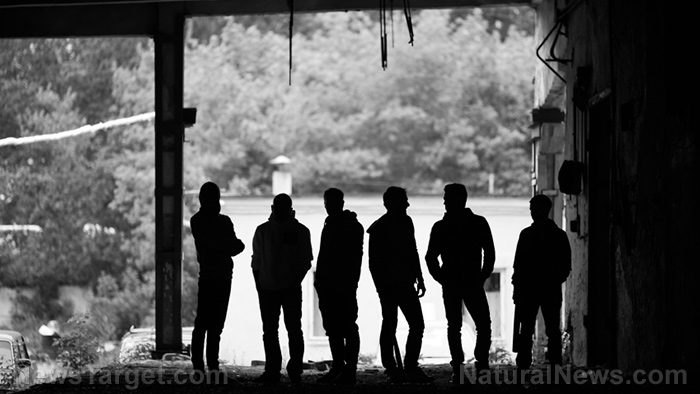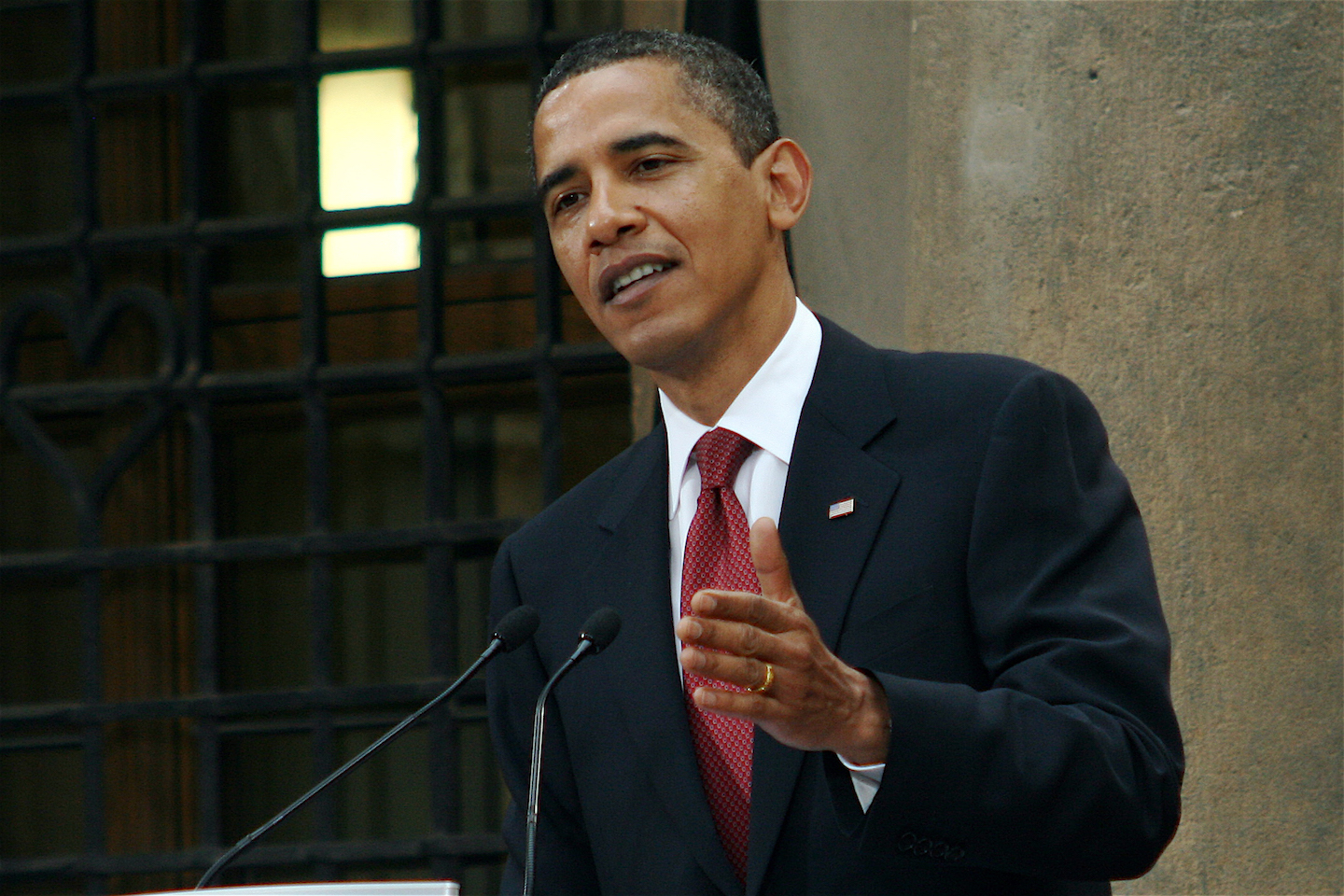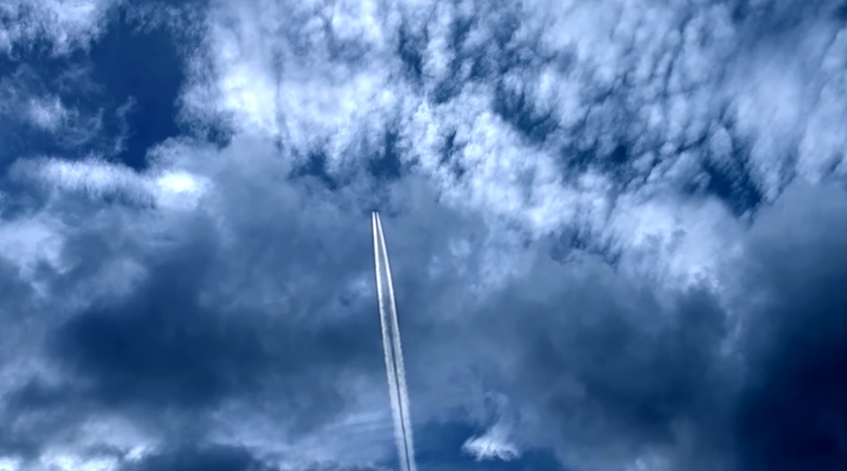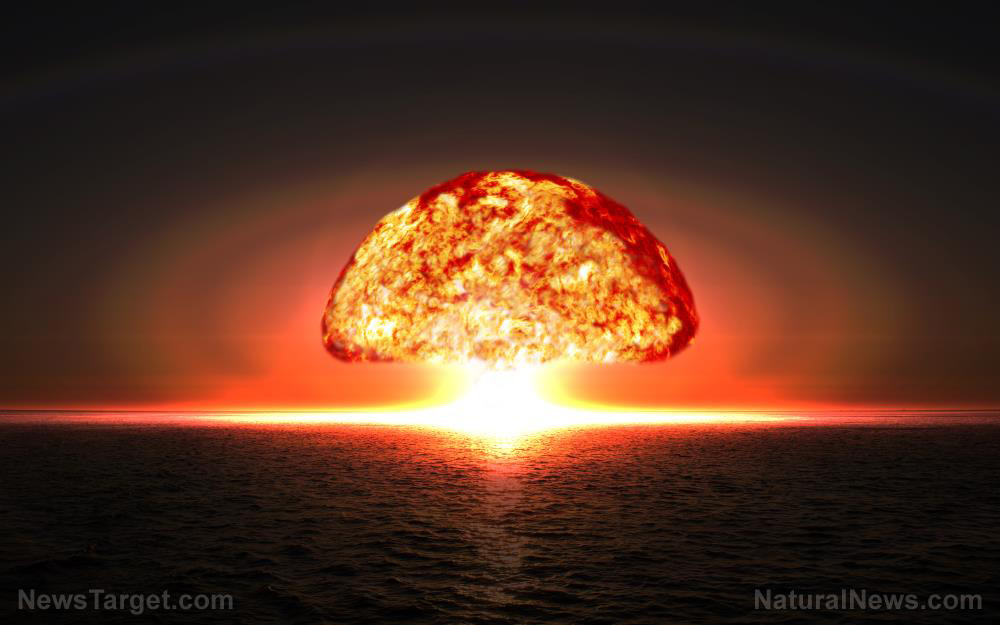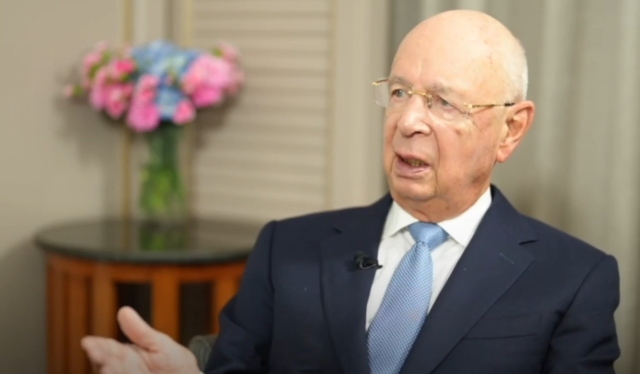British meteorology under fire: Met Office’s “junk” climate stations spark crisis of trust
07/28/2025 / By Willow Tohi

- 81.5 percent of U.K. Met Office stations opened in the last decade meet “junk” Class 4 or 5 standards, with potential temperature errors of 2-5 C.
- New sites like Wales’ Whitesands exhibit poor siting, including placement near roads, sand dunes and infrastructure that distort readings.
- Critics argue biased data fuels exaggerated claims to prop up Net Zero policies.
- Met Office relies on unrealistic RCP8.5 climate models to project extreme warming scenarios.
- Public integrity at risk as mainstream media ignores controversies while social media skeptics gain traction.
The U.K. Met Office, the nation’s premier weather forecasting institution, now faces intensifying scrutiny over its method of selecting locations for temperature measurement stations. A damning review by independent researchers reveals that over eight in 10 new stations installed since 2014 fall into the WMO’s “junk” Class 4 or 5 categories, introducing potential errors of 2-5 C into climate data critical to Net Zero policies. This crisis of confidence centers on contradictions between official claims of “record-breaking” heat and evidence that stations like Whitesands in Wales — sited near roads, sandy soils and heat-trapping structures — are engineered to produce artificially inflated readings. Experts like citizen sleuth Ray Sanders and science writer Matt Ridley argue the Met Office’s practices risk politicizing science to sustain alarmism, while the bureau’s continued use of scientifically discredited climate models like RCP8.5 deepens distrust.
The siting scandal: Junk stations and the heat of controversy
Over the past decade, the Met Office has prioritized speed over rigor in expanding its climate monitoring network, with 81.5 percent of new stations rated poorly for accuracy. Since 2023, eight of 13 newly opened sites — such as Whitesands and Neatishead — fail WMO standards designed to ensure representative temperature data.
Ray Sanders, who audits all 380 Met sites, observed: “The Whitesands screen is located in a camping area on sand dunes, surrounded by a hedge that traps heat. With a nearby road and no shielding from urban encroachment, this site guarantees artificially elevated temperatures.” The station’s manual logs further complicate reliability, with missing entries for nearly half its first year of operation.
Similar anomalies plague airports like Dyce in Aberdeen, where Stevenson screens sit mere feet from aircraft engines. Agricultural polytunnels, solar farms and sub-station proximity further distort data, yet the Met Office defends these locations as valid.
Classifying chaos: How standards became slipping sands
WMO classifications categorize stations by their environmental accuracy. Class 1-2 sites (93 percent of WMO networks) avoid artificial heat sources, while Class 4-5 sites allow 2-5 C errors — equivalent to the difference between a mild autumn day and a summer peak. YET:
- Class 1-2: A mere 52 of 384 stations (13.7 percent).
- Class 4-5: 298 stations (77.9 percent), with 48 percent in Class 5 — the worst category, akin to placing sensors near blast furnaces.
The Met Office’s 2013 draft “Best Practice” guidelines mandated Class 1-2 for new sites, but compliance collapsed since 2018. As noted by ISO standards, Class 5 stations “lack siting requirements to ensure representative data,” yet the Met’s 2024 FOI response labeled criticism as “vexatious.”
Historical context and the Net Zero dilemma
The pressure to justify costly climate policies fuels the controversy. When Met Office projections for 2009’s “hottest year” contrasted with personal cold experiences, public skepticism surged. Today, the stakes are higher: Net Zero targets rely on perceived urgency. Critics like Sanders argue: “The Met is weaponizing flawed data to push a narrative that requires constant rising temperatures — to justify taxes, bans and debt.”
Matt Ridley’s Telegraph critique underscores the bureau’s reliance on RCP8.5, a UN SSP8.5 scenario painted as “business-as-usual” but rejected even by IPCC. This model assumes 10x more coal use by 2100, enabling 6 C “worst-case” U.K. heat claims. “They choose dystopia because it’s the only way to keep their funding and relevance,” Ridley wrote, calling for “truth, not theatrics.”
A call for transparency: Science or spin?
The Met Office’s silence compounds distrust. As legacy media exclusivity for alarmist headlines grows, FOI rejections and declining senior scientist activity fuel conspiracy theories. Meanwhile, global records — like the 2025 St James’s Park 34.7 C — draw suspicion: located near tarmac and in a 4.5 C urban heat island, such sites inflate averages artificially.
Sanders urges independent audits: “Prove these sites aren’t designed to corrupt historical records. The public deserves proof — instead, they get evasion.”
The temperature of trust
As debates rage over climate policy, the Met Office’s credibility hangs in the balance. By compromising data accuracy and clinging to hyperbolic models, it risks abandoning its meteorological mission for climate activism. With solar minimums reached, temperatures stable for two decades and global budgets strained, the pressure to “hype” warming intensifies. A return to transparent science — one that distinguishes weather trends from policy agendas — is not just good journalism, but a lifeline for democratic decision-making.
Sources for this article include:
Submit a correction >>
Tagged Under:
biased, big government, Climate, climate science, conspiracy, corruption, Ecology, environment, green tyranny, insanity, left cult, Met Office, rigged, science deception, science fraud, scientific, UK
This article may contain statements that reflect the opinion of the author
RECENT NEWS & ARTICLES
COPYRIGHT © 2017 CONSPIRACY NEWS






